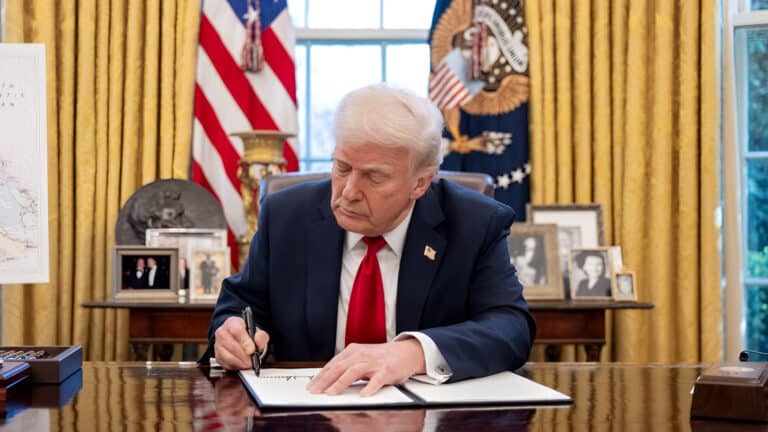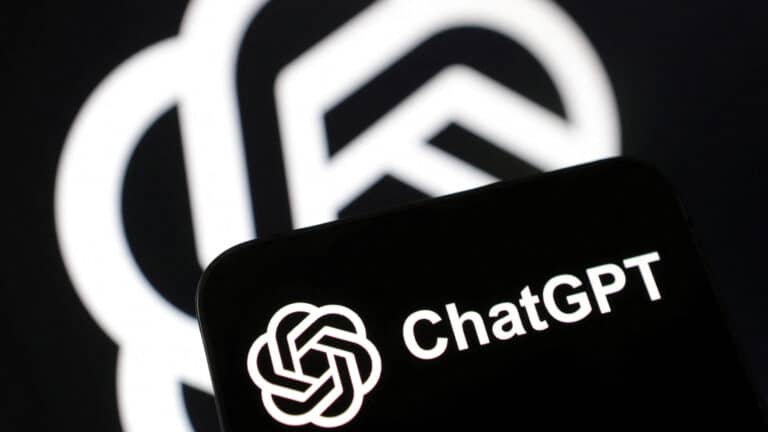
Technology professional Akhmad Hanan is asking a critical question: Can China with its DeepSeek model bypass restrictions by innovating in software while building its own chip ecosystem?
The country’s pioneering company in AI systems appears determined to prove it can. In late August, DeepSeek released version 3.1 of its large language model, featuring a new FP8 precision format optimized for China’s next-generation domestically produced chips.
Pushing forward under sanctions
Earlier this year, DeepSeek stunned the tech world with its R1 reasoning model, which demonstrated capabilities approaching those of Western leaders, such as OpenAI’s GPT series — a surprising feat, given U.S. export bans that block Chinese firms from using Nvidia’s most advanced processors.
With version 3.1, the company is taking further steps. Its «UE8M0 FP8» format is designed to speed up training and inference for large models while working seamlessly with anticipated Chinese-built semiconductors.
A different path from the West
Notably, China is steadily building space for domestic champions like Huawei and DeepSeek by reducing dependence on U.S. technology. If successful, these efforts could erode Nvidia’s market dominance and encourage the global AI supply chain to diversify, according to Hanan.
The contrast with Western systems is clear. In the U.S., ChatGPT is tightly integrated into Microsoft Office, Azure and enterprise workflows, while Elon Musk’s Grok emphasizes cultural resonance and bold user interfaces. DeepSeek, by comparison, fills a narrower role: an AI designed to be hardware-flexible and resilient in the face of geopolitical constraints.
Strengths and weaknesses
For Beijing, the point is not to outcompete GPT-5 or Grok on every front. Instead, it is about ensuring a self-contained AI ecosystem that functions regardless of sanctions. China’s leaders have described artificial intelligence as central to economic modernization and national power, and DeepSeek reinforces that narrative by showing innovation is possible without access to Nvidia’s best chips.
Still, DeepSeek faces steep challenges. Its strengths include adaptability to domestic hardware, rapid iteration under restrictions and alignment with state policy. However, its limitations are equally evident: a small user base outside China, limited integration with enterprise software, and questions about scalability compared to Western rivals.
Global impact
Admittedly, the bigger disruption may not come from DeepSeek dominating globally, but from the emergence of parallel systems. Just as Amazon and Taobao built separate digital worlds, incompatible AI ecosystems could fragment standards, data flows and markets, reshaping the global tech landscape.













